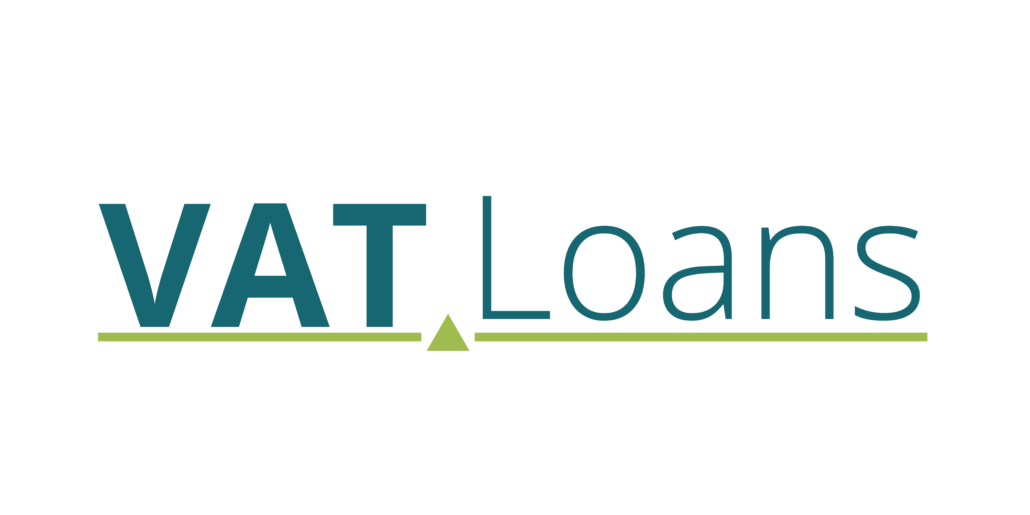The Ultimate VAT Loan Checklist for Businesses
Managing financials is one of the most crucial aspects that you need to take care of when running a business to ensure the smooth running of your enterprise. And among all financial aspects, Value Added Tax (VAT) can be quite confusing for you, especially if your business operates in different countries and regions. However, if you need cash for your VAT obligations, VAT loans can be an excellent solution. The ultimate VAT loan checklist for businesses below will help you get started.
Understand What Is VAT
The first step towards taking a VAT loan is to understand the tax and its implications. Value Added Tax, as the name suggests, is a tax added at each stage of production and distribution. The final consumer pays for it, but businesses collect it on behalf of the government and claim back the VAT they’ve paid on their input. The percentage of VAT may vary depending on many factors such as the products or services types or the country where your business is located.
Evaluate Your VAT Obligations
The next step is to evaluate your VAT obligations. If your enterprise is small and has a low VAT threshold, you may not need to collect VAT. Ensure that you hire a skilled VAT expert who can review your VAT obligations and provide you with personalised guidance.
Check Your Financial Health
Lenders use your financial statements and cash flow projections to determine if you are eligible for a VAT loan. So, make sure that your financial records are in order and up-to-date. Besides, monitoring your financial health regularly will help you identify potential issues and give you time to take corrective measures.
Find the Right Lender
When looking for a VAT loan, you need to find a suitable lender who understands your financial needs and has flexible repayment terms to match your cash flow cycle. You can compare the different VAT loan rates, fees, and lending conditions offered by various lenders. Additionally, you can talk to your accountant, business partners, or other entrepreneurs to get recommendations.
Remember to Claim Back Your VAT
After receiving a VAT loan, you need to keep track of VAT payments carefully. Ensure that you submit timely VAT returns and claim back the VAT you paid on your inputs. This will help improve your cash flow and lower your finance costs.
VAT loans can help you secure cash to cover your VAT obligations, but make sure that you understand your VAT obligations, check your financial health, find the right lender, and remember to claim back your VAT. If you would like more information on the ultimate VAT loan checklist for businesses then please get in touch.




